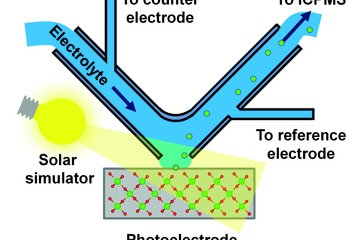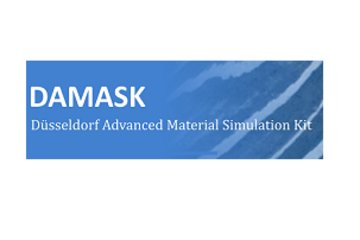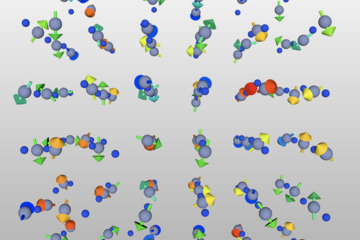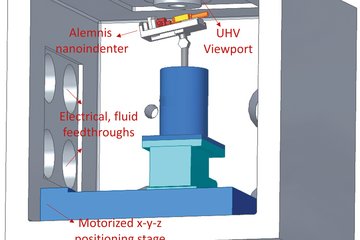All genres
21.
Journal Article
Synthesis and Properties of Orthorhombic MoAlB Coatings. Coatings 9 (8), 510 (2019)
22.
Talk
Nanoparticle Specimen Preparation for Atom Probe: Chemical Fixation and… cryo-Fixation (?). TMS 2020 Annual Meeting & Exhibition, San Diego, CA, USA (2020)
23.
Talk
Study of phase impurity, 2D and 3D defects in orthorhombic MoAlB MAB phase. Advances in Correlative Microscopy Workshop, IIT Madras, Chennai, India (2020)
24.
Talk
Detection of trace impurities and other defects in functional nanomaterials. International Workshop on Advanced and In-situ Microscopies of Functional Nanomaterials and Devices, IAMNano 2019, Düsseldorf, Germany (2019)
25.
Poster
Phase Transformation of Copper Hexacyanoferrate Cathode in Aqueous Zn-Ion Battery. 2019 MRS Fall Meeting , Boston, MA, USA (2019)
26.
Poster
Local strain field in distorted 1T (1Td) MoS2 phases by GPA. International Workshop on Advanced and In-situ Microscopies of Functional Nanomaterials and Devices, IAMNano 2019, Düsseldorf, Germany (2019)
27.
Poster
Microscopic study of a low temperature synthesized MoAlB coating by combinatorial direct current magnetron sputtering. Microscopy Conference, MC 2019, Berlin, Germany (2019)
28.
Poster
Phase transitions in Cr2AlC thin films by in situ TEM heating experiment. Fifth Conference on Frontiers of Aberration Corrected Electron Microscopy, PICO 2019, Vaalsbroek, The Netherlands (2019)
29.
Preprint
Operando Insights on the Degradation Mechanisms of Rhenium-doped and Undoped Molybdenum Disulfide Nanocatalysts for Electrolyzer Applications. arXiv (2023)











